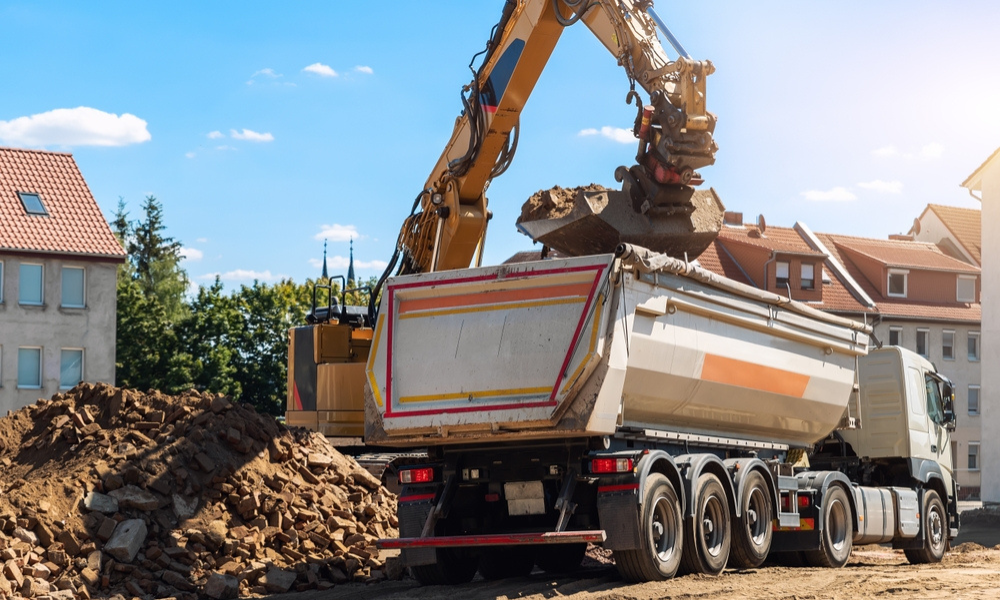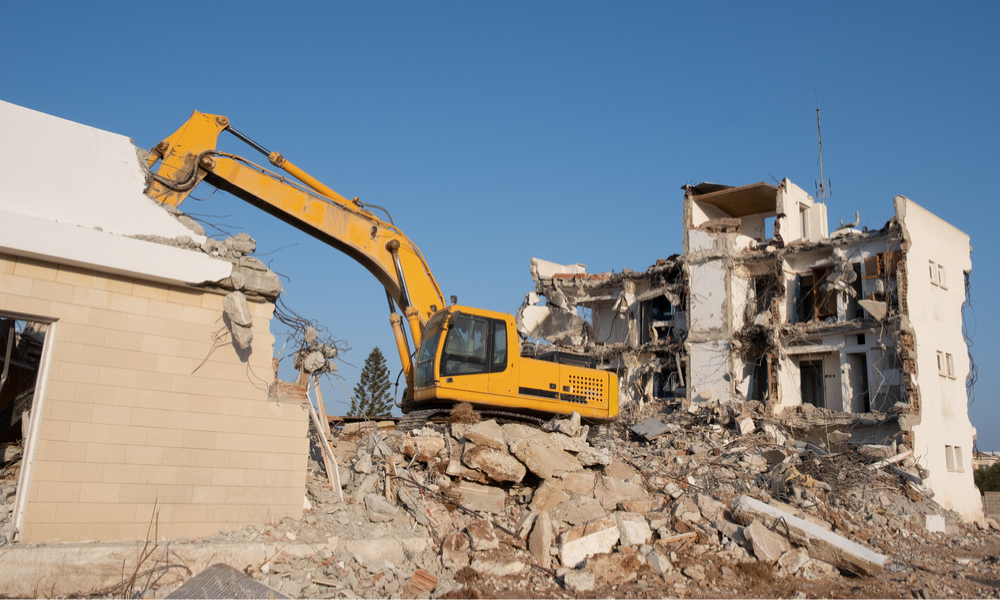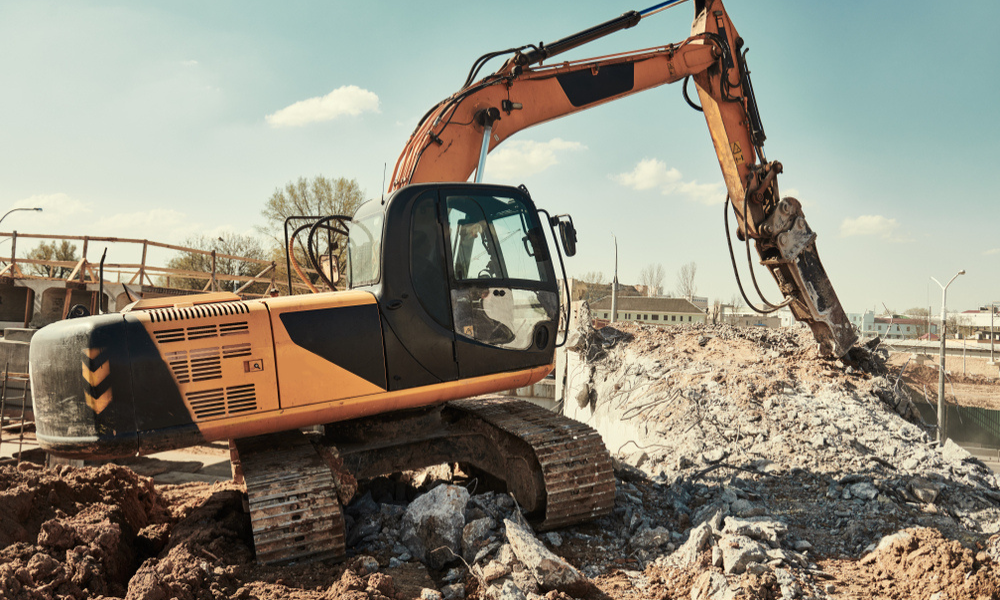Estimated reading time: 5 minutes
When people think about tearing down a building, they often imagine a wrecking ball swinging wildly, sending bricks and steel flying. That might have been accurate years ago, but today, removing structures is more about precision, efficiency, and safety—thanks to modern innovations.
I’ve seen firsthand how cutting-edge tools have transformed this industry. No longer a process relying solely on brute force, structural removal is now a carefully planned operation utilizing robotics, automation, and data-driven strategies. Let’s explore the technologies making this work smarter and safer.
What You’ll Learn:
How robotics and automation improve accuracy and safety.
The impact of drones and data analytics on project planning.
Why advanced machinery speeds up and refines the process.
The environmental benefits of smarter techniques.
The future of high-tech site clearance.
The Rise of Robotics in Structural Removal
One of the most significant advancements in our field is robotic demolition. If you’re picturing humanoid machines swinging sledgehammers, you’re not far off—except these are specialized, remote-controlled units designed for power and precision.
Take the Brokk series, for example. These compact yet powerful machines can tackle projects that would otherwise be too hazardous for human workers. They excel at navigating confined spaces, handling unstable materials, and demolishing targeted areas with extreme accuracy.
By using robotics, I can reduce risks for workers, cut down on manual labor, and complete jobs faster than ever. Plus, with remote operation, these machines allow for safer execution of projects that involve dangerous conditions.
If you’re planning a home project, check out my beginner’s guide to residential demolition for more insights.
Drones: Changing the Way We Plan and Monitor

Drones aren’t just for hobbyists and filmmakers anymore—they’re a key tool in demolition planning. These high-flying gadgets provide aerial views, making it easier to:
Assess structural stability before work begins.
Identify hidden hazards, such as underground utilities.
Track real-time progress without stepping on-site.
The biggest advantage? They allow for faster decision-making and better planning, eliminating unnecessary risks. Instead of relying on outdated blueprints or manual site inspections, I can get precise, real-time footage to guide my approach.
For those considering a teardown, my guide on choosing the right experts offers helpful insights.
Smart Machinery: Faster, More Efficient Workflows
Equipment today is smarter than ever. Whether it’s excavators, bulldozers, or high-reach machines, these modern tools come with built-in GPS tracking, AI-assisted controls, and energy-efficient hydraulics that improve accuracy and performance.
Some key innovations include:
AI-powered controls that adjust power and force based on material resistance.
Interchangeable attachments for crushing, cutting, or removing specific materials.
Remote operation features that keep workers at a safe distance.
The result? Faster project completion, reduced fuel consumption, and lower operational costs. This shift to automation has not only streamlined work but also made the entire process much safer.
Curious about the tools we use? Take a look at my article on common demolition equipment.
Data Analytics: Smarter Decision-Making

Numbers don’t lie—data is changing the game in this industry. By using predictive software, I can analyze key factors before breaking ground, including:
Material composition and structural weaknesses.
Soil conditions and environmental impact.
Cost estimates based on site conditions.
This helps prevent unexpected issues, reduces delays, and keeps projects within budget. Instead of relying on assumptions, I use hard data to optimize every step of the job.
Eco-Friendly Practices: Doing More with Less Waste
Removing old structures doesn’t have to mean creating mountains of debris. With sustainable practices, I can salvage up to 90% of materials, recycling items like:
Steel beams and metal scraps.
Concrete, which can be crushed and reused.
Wood, repurposed for new construction.
In addition, modern dust control systems and low-emission equipment minimize pollution, making the process safer for both workers and the environment.
To learn more about green initiatives, read my post on eco-friendly demolition.
What’s Next? The Future of Technology in This Field
Looking ahead, several exciting innovations are set to reshape how we approach deconstruction:
Augmented Reality (AR) and Virtual Reality (VR) – Imagine being able to “walk through” a project before work begins, spotting problem areas ahead of time. These tools are revolutionizing planning and risk assessment.
Self-Driving Machinery – AI-driven excavators and bulldozers could soon operate without human drivers, improving efficiency and reducing labor demands.
Enhanced Material Recovery – New technologies will make recycling even more effective, cutting waste and promoting sustainability.
If you’re wondering whether it’s the right time to consider a teardown, my guide on when to opt for demolition has some valuable insights.
Final Thoughts
Taking down a structure isn’t just about knocking things over anymore. It’s a calculated, high-tech process that requires planning, precision, and the right tools. Robots, drones, AI, and eco-friendly practices are reshaping this industry, making projects safer, faster, and more efficient than ever before.
So the next time you see a building being torn down, know that it’s not just brute force at work—it’s a carefully executed, high-tech operation.If you’re considering a project, working with professionals who use modern techniques is key. Check out my guide to choosing the right team to ensure your project goes smoothly.



